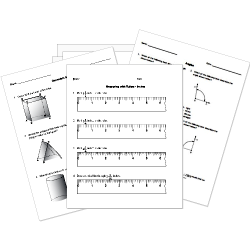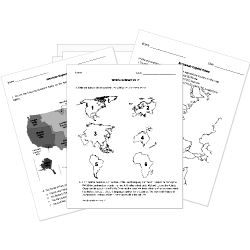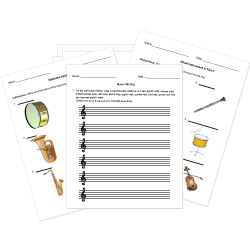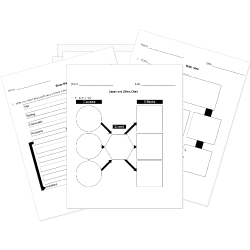Types of Waves
Types of Waves
This lesson aligns with NGSS PS4.A
Introduction
We all are familiar with the fact that wave is associated with the transfer of energy. When we throw a stone in the water there is an active generation of water pattern. These water waves generated two main parts which are the trough and crest. Hence, whenever a wave moves from one place to another, every crest is followed up by a second crest and the pattern continues. Waves are present in different forms and serve different purposes. Some waves require a medium to propagate, and some do not need a medium for propagation. In this article, we will explore the different types of waves and how they play a significant role in their lives.
Types of Waves
They can be classified based on the direction in which the particles of the medium vibrate compared with the direction in which the waves pass through. Two main types of waves exist around us which are transverse waves and longitudinal waves. In certain circumstances, a transverse wave and a longitudinal wave can combine to produce another type of wave, called a surface wave.
Transverse waves
Waves in which the particles of the medium vibrate with an up-and-down motion are called transverse waves. The word transverse means “moving across.” The particles in a transverse wave move across, or perpendicular to, the direction in which the wave is traveling. To be perpendicular means to be “at right angles.
Transverse waves are characterized by the disturbance that occurs in a medium. These waves cause the particles of the medium to oscillate around their average positions at right angles to the direction in which the wave travels. This oscillatory motion repeats periodically or in a cyclic pattern.
A wave generated in a rope is an example of a transverse wave. We can observe that the points along the rope vibrate at a right angle to the direction the wave is traveling. When a transverse wave passes through a medium, the highest point is called a crest, and the lowest point between each crest is called a trough.

However, there are also some waves that do not travel by vibrating particles in a medium. Such waves are called electromagnetic waves, and they are classified as transverse waves. Other examples of transverse waves include ripples on the surface of water and vibrations in strings.
Longitudinal Waves
In a longitudinal wave, the particles of the medium undergo vibrations in a back-and-forth motion along the same direction as the wave's propagation. An example of a longitudinal wave can be observed when a spring is utilized, as depicted in the figure.
When pressure is applied to one end of the spring, the coils become compressed or crowded together. This compressed region within a longitudinal wave is known as compression. Conversely, when the end of the spring is pulled back, the coils become less crowded than their normal spacing. This region which has less crowded particles is called rarefaction.

Similar to how crests and troughs move along a transverse wave, compressions and rarefactions travel within a longitudinal wave, traversing from one end to the other.
A longitudinal wave, such as a sound wave, serves as an example in this context. Sound waves propagate through the compression and rarefaction of air particles.
Surface Waves
When waves occur at or near the boundary between two different media, a combination of a transverse and a longitudinal waveforms another wave, known as a surface wave. This can be seen in the mentioned figure.

Surface waves exhibit a visual resemblance to transverse waves. However, the particles of the medium within a surface wave move in circular patterns instead of up and down. At the crest of each wave, the particles move forward, while at the trough, they move backward.
Summary
- Waves can be classified into two main types such as transverse waves and longitudinal waves.
- A wave is classified as a transverse wave when the particles within it move at right angles to the direction of energy propagation. An excellent example of a transverse wave is light.
- In a longitudinal wave, the particles move parallel to the direction of energy motion. Sound waves and pressure waves serve as examples of longitudinal waves.
- In certain circumstances, a transverse wave and a longitudinal wave can combine to produce another type of wave, called a surface wave.
Related Worksheets:













